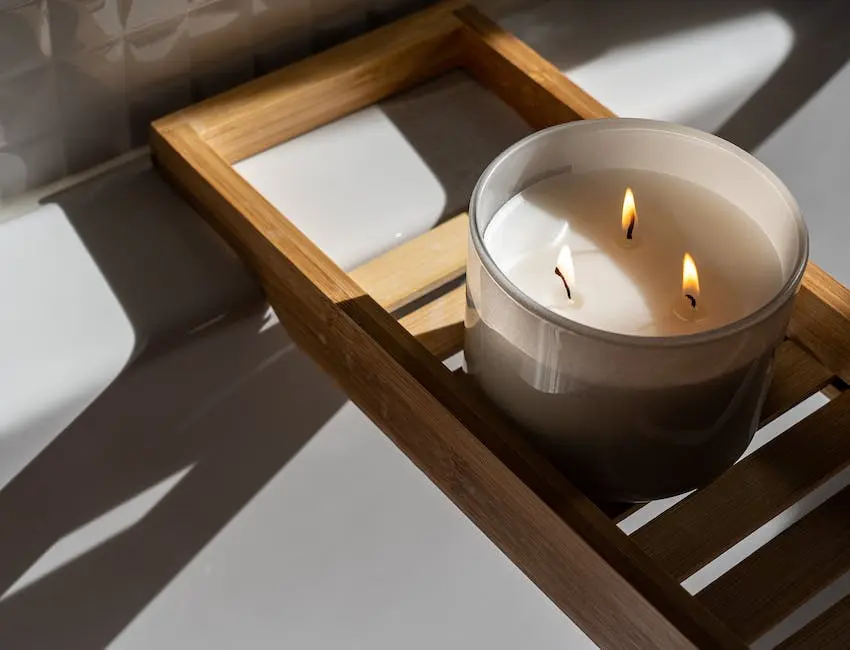Findings are the complex pieces of jewellery that include connectors, caps, and other tiny parts used in the jewellery-making process.
To be more precise, jewellery findings aid in assembling jewellery components while also adding a touch of beauty and intricacy to the final product.
Findings (jewellery) are part of a broader business of jewellery manufacture in Australia, and as such, there are hundreds of different styles, forms, and features to choose from. As a result, many newbie jewellery makers get perplexed about the findings selection.
Look at this intriguing information first before digging into the many kinds of jewellery findings that are now on the market: The term “findings” became popular due to the abundance of surplus metals that were thrown away during the manufacturing process.
Since manufacturing techniques were not as straightforward and modern as they are now, these metals were very costly and difficult to come by.
Jewellers would “discover” certain metals left behind in the manufacturing process and employ them for more complex detailing reasons.
Technology and manufacturing lines become more advanced, making challenging and complicated detailed operations straightforward.
The availability of findings (jewellery) has not been as challenging to come by as it has in the past.
Nowadays, several firms and industries are entirely dedicated to producing jewellery findings and the distribution of these findings around the nation for different major jewellery makers.
Many people have also taken up jewellery manufacturing as a pastime, and they might get overwhelmed when confronted with the hundreds of different findings available on the market.
To begin, these are the most famous varieties of gemstones that are widely utilised in different stages of the jewellery-making process:
Connecting Links
Also known as connectors or just links, they join various jewellery pieces and are most often seen on bracelets and necklaces.
There are two sorts of rings: closed rings and open rings, with closed rings being used for more secure connections and the latter being used for less secure connections.
Earrings, like necklaces, make use of connecting links that are mostly open rings.
Bails
Soldering operations on intricate jewellery joints or pieces may be a time-consuming and challenging undertaking to complete.
Bails are used for fastening, or connecting joints as this eliminate the discomfort and the possibility of unnecessary harm.
Bails, for example, may be used to link components together to create lengthy chains and other goods.
Connecting Clasps
These clasps function similarly to connecting links, but instead of having a ring-like structure, they are in the form of a clasp.
The most widely used clasps are in the form of a lobster’s claw, and they are trendy among newbie jewellery designers looking to express their creativity.
Jewellery Caps
Caps are used for those jewellery segments when soldering does not provide the desired precision. Caps, which are beautiful and tastefully crafted, are used to cover up jewellery to improve the piece’s design and attractiveness.
Fish Hooks
Fish Hooks (also known as ear wires) are little metal hooks used to connect smaller components to earrings, such as beads.
Head Pins or Eye Pins
These are another crucial component in creating necklaces and earrings. Pins are readily flexible, enabling them to be bent or twisted into almost any desired form.
Even as connectors, it is possible to slide beads and other loops over the long ends. The most widely used pins are eye pins and headpins, with the former having a hollow head that may accommodate stringing, and the latter has a thick circular head that prevents beads from falling off.
Ribbon Ends
Ribbon ends are used to tie materials into jewellery items, and they feature a serrated side specifically designed for this use.
Correspondingly, cord ends are used for the same reasons, but instead of having jagged edges, they are barrel-shaped with connection holes on both sides.



